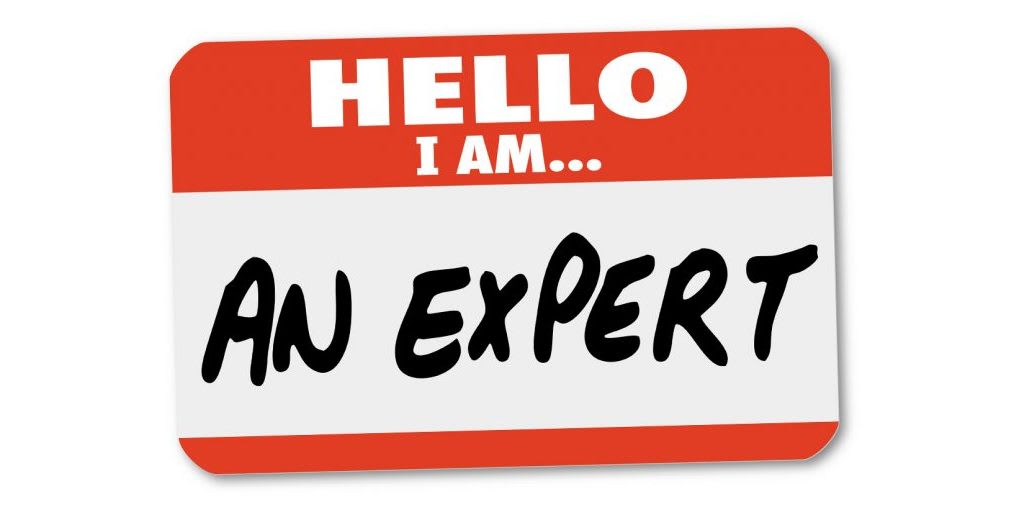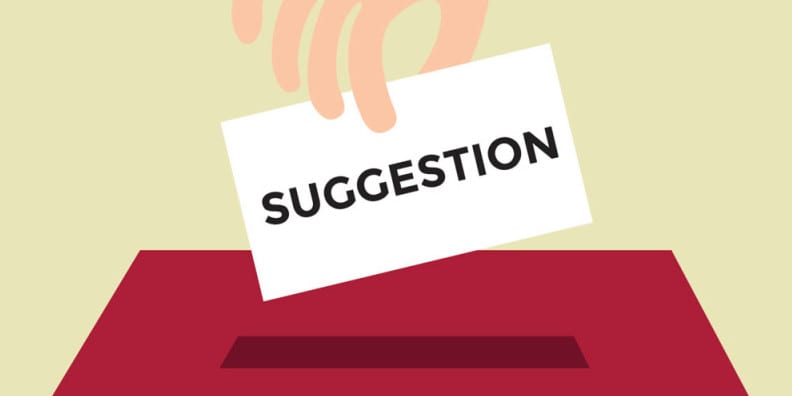Use a presentation feedback form to gather insights from your audience about your slides and lecture. It will help you understand whether they learned what you wanted them to learn and improve your presentation for the next time. Following are some tips you can use to build an effective feedback form for any presentation.
Why Ask For Feedback on Your Presentations?
There’s a lot of material out there that can teach you how to build and deliver a good presentation. But if you want to make your presentation great you need to present it many times, gather feedback, and hone it accordingly. Your audience can tell you whether they learned what you wanted them to learn. They can tell you if you motivated them and made them think. Of course, they can also tell you if you lost them, and where. But that’s great too. After all, every piece of feedback is an opportunity to grow and improve.
While nobody likes to hear bad feedback, it can really help you sharpen your presentation and public speaking skills for the future. Plus, you’re likely to receive some positive feedback as well. The key to receiving helpful and constructive feedback is asking the right questions in the right way. Here are some tips to help you do exactly that.

How to Ask for Feedback on Your Presentation?
You can request feedback in many different ways, each has its advantages and setbacks. For example, you can ask in person or hand out paper forms at the end of your talk. Today, however, we’re going to take a look at online feedback forms and show you how to build a form that is super effective for you and convenient for your audience. Use the tips below to create and administer your perfect presentation feedback form.
Timing Is Everything
Deciding when to share your feedback form will influence the amount of feedback you receive as well as its quality and relevance. In most cases, the best time to ask for feedback is right after the presentation. That’s when the presentation is still fresh in your audience’s minds, allowing them to offer the most accurate feedback. It is also when they are most likely to respond as they are still engaged in the experience and haven’t yet moved on to the rest of their day. So, consider dedicating the last few minutes of your talk to asking for feedback.

There Are Many Sides to Every Presentation
While you don’t want to ask too many questions, you should cover all aspects of the talk you just gave. Include questions about your presentation deck. For example, “did the presentation aid or hinder the talk?” or “would you like to receive the deck after the presentation?” Ask about yourself as a speaker. For instance, “did the lecturer seem knowledgeable about the subject matter?”. And don’t forget to inquire about the content as well. For example: “did you learn something new from this presentation?” or “what were your main takeaways?”.
Good Questions Yield Constructive Answers
Feedback can be discouraging or inspiring. You may think the nature of the feedback you receive depends on your respondents, but actually, it’s in your hands. Your questions can direct them toward the type of feedback you want to receive. Ask questions that focus on improvement and clarity, not on criticism. For example, ask “what would make the presentation even better?” as opposed to “what didn’t you like about the presentation?”.

A Feedback Form Is a Journey
Whether you create your form from scratch or build on one of our form templates, consider your audience throughout the form design process. Ask yourself how you can keep them engaged from the first question to the last. Think about what could evoke deep thought and creativity in their answers.
Decide on a logical structure for your form. You could start with questions about their general experience and move into details, or separate between content and form. Or you could have a section about the speaker, another about the deck, and another about audience participation. There are many options, just make sure it makes sense and invites your respondents to enter a thought process. You’ll also want to move gradually from easier closed-ended questions to more challenging open-ended questions.

Clarity Is Key
A good feedback form is a clear feedback form. So, make sure your questions are simple and easy to understand. Look out for double meanings that could confuse your audience. Make sure you’re not asking any double-barreled questions, like “was the speaker knowledgeable and confident?”. They’re difficult to answer accurately.
Use images to further clarify your intentions. They’ll also add some color and increase engagement. Additionally, try to make your feedback form as concise as possible. Short and simple is the best way to ensure you receive lots of high-quality feedback, which you definitely deserve!
So, What’s Next?
Now that you know how to build a useful presentation feedback form, it’s time to schedule your next speaking engagement. It will be a great opportunity to test your form and collect some great feedback. We hope our template will help you get started. Feel free to change and improve it so that it best suits the subject, goals, and audience of your presentation.
















 Preview
Preview 









